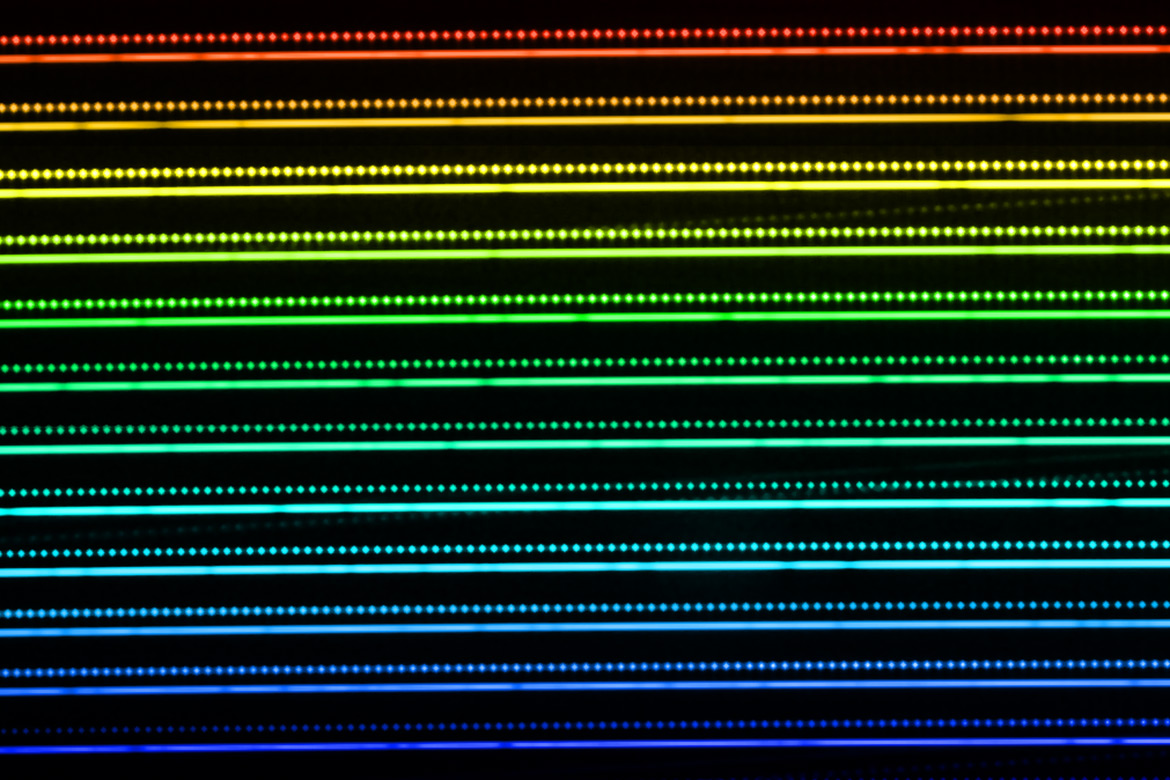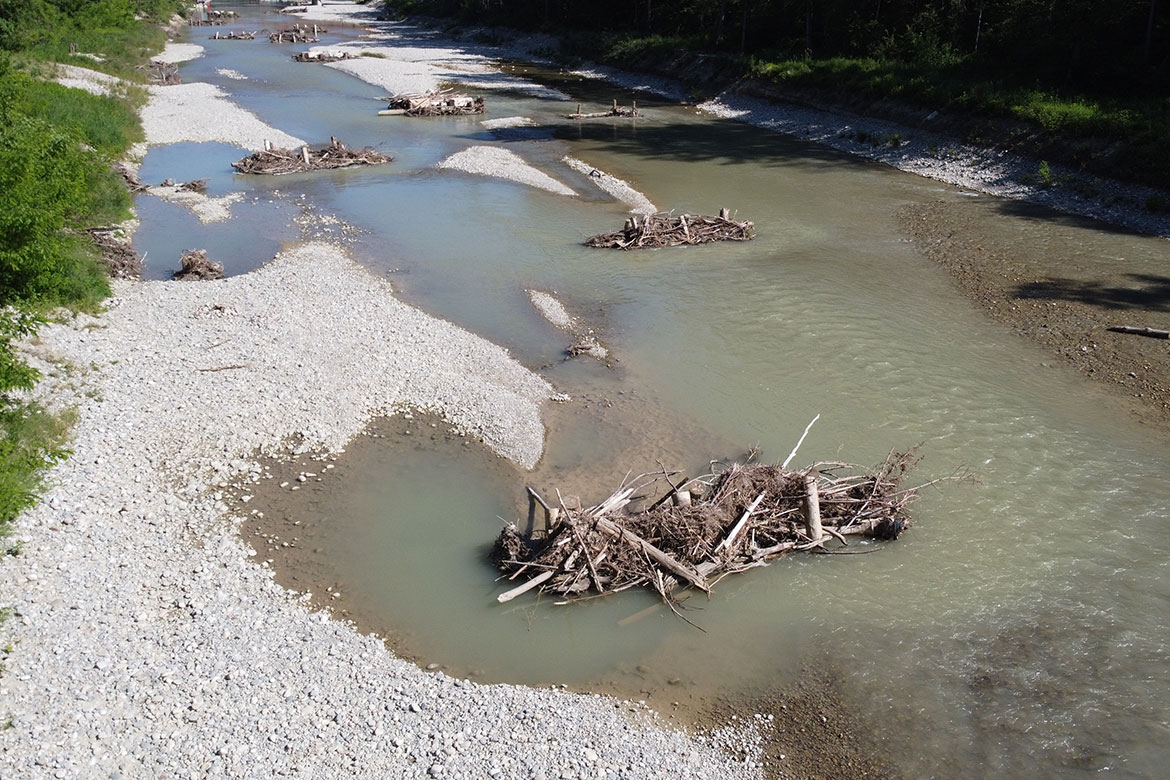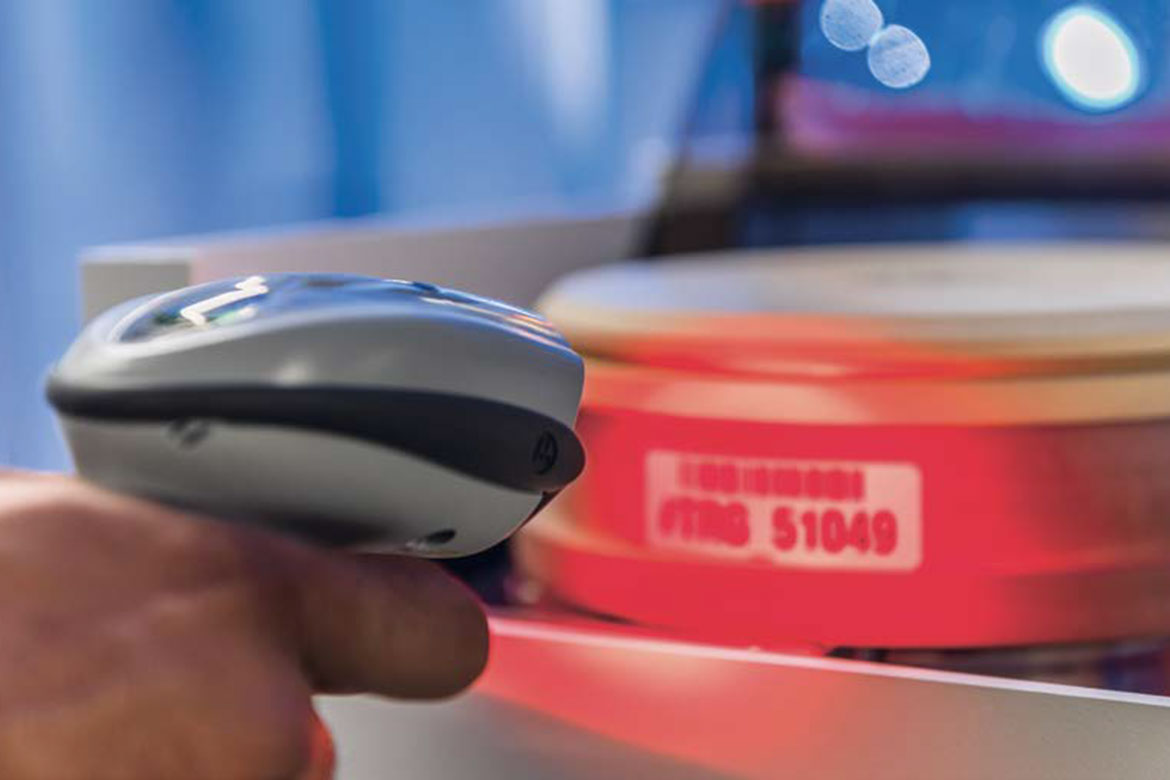ARTIFICIAL INTELLIGENCE
Using fake images to reach a correct diagnosis
There are not enough brain scans to train an AI to identify strokes. But researchers at ETH Zurich have found a solution: a second AI.

An authentic MRI image of a cerebral stroke. Greater contrast has been added on the right. | Image: zVg
Artificial intelligence, or AI, can save a lot of work – for example, by using magnetic resonance images to identify at lightning speed the areas that have been affected by a stroke. However, for AI to learn to do this, it needs to process thousands of images that have already been analysed by hand, and this volume of images is just not available – not least for data protection reasons. This is why a team led by the physicist Moritz Platscher at ETH Zurich has been trying a different approach. They have trained another AI to implant areas affected by a stroke into scans of healthy brains.
Using these synthetic images and just a few real data sets, they then trained an AI in the usual manner. In a standardised test, this AI diagnosed strokes almost as well as a human expert.




